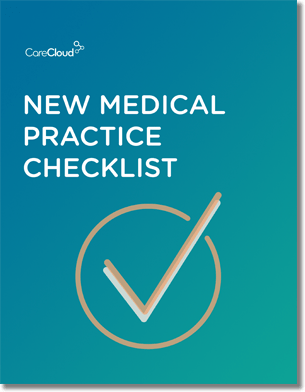Say goodbye to the bow tie.
Last month, Farzad Mostashari, head of the Office of the National Coordinator for Health IT (ONC) at the Department of Health and Human Services, shocked the industry by announcing his intention to step down.
Mostashari did not give any particular reasons for his departure nor did he provide a specific exit date, but indicated he would remain on board until a suitable replacement is found.
Yet, while the successor is anyone’s guess at this point, one thing is certain: the next ONC head will step into one of the most demanding positions in healthcare, with three challenges looming particularly large.
Stage 2 Backlash
Although the Meaningful Use incentive program has proven successful at driving EHR adoption, there has been opposition at every turn. And scrutiny is only expected to increase as the program progresses toward the January 2014 Stage 2 start date.
At the moment, Stage 2 is coming under heavy fire from an array of influential groups. MGMA wants an indefinite delay in Stage 2 penalties, the AAFP is asking for a one-year postponement of the entire program and HIMSS is suggesting a longer attestation period.
Unfortunately for Mostashari’s successor, there is no guarantee the transition to the next phase of Meaningful Use will go smoothly. Approximately 20% of physicians who attested in 2011 failed to attest in 2012, and with the incentive payouts decreasing and requirements becoming more stringent, even more doctors are projected to leave the program.
Interoperability
While healthcare technology provides many benefits for physicians, such as streamlining revenue processes and speeding up clinical encounters, its full potential won’t be realized until patients’ health information can be exchanged across the entirety of the national health care system.
Although the number of health information exchanges has increased by 41% in recent years, it’s nowhere near where it needs to be for actual interoperability between all of the nation’s providers.
The new National Coordinator will have to find a way to overcome the fragmentation that currently exists between different EHR vendors’ software. Through ventures like the Direct Project, the ONC is taking steps to make interoperability a reality in the near future.
The Shift to ICD-10
The long-awaited switch from ICD-9 to ICD-10 is set to take place in October 2014. Needless to say, the shift from the current 17,000 codes to ICD-10’s approximate 141,000 won’t be celebrated by all. Thus, it’s no surprise that 44% of the more than 5,000 physicians surveyed for the Practice Profitability Index think the change to ICD-10 will negatively affect their pocketbooks.
Insurance providers also have little reason to be happy about the changes they have to implement. Throw in the health IT sector, whose companies now need to develop ICD-10 compliant software, and the landscape seems far more pessimistic.
And of course, if any of these parties suffer because of the transition, it’s Mostashari’s successor who will have to shoulder much of the blame.
As health IT becomes an ever-larger pillar of healthcare, so will the ONC’s role in determining the future of the industry. We hope the next National Coordinator is prepared to face these kinds of challenges head on.

Do you know what you need when setting up a new medical practice?

